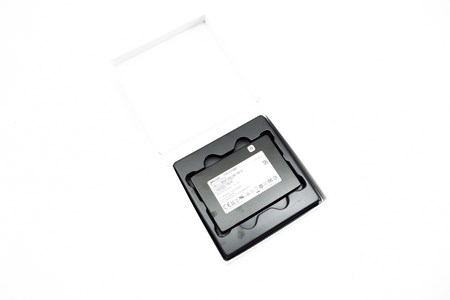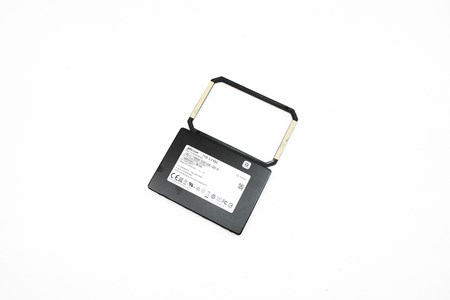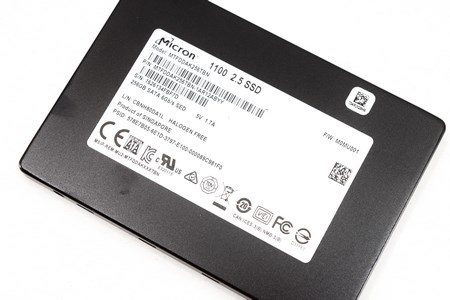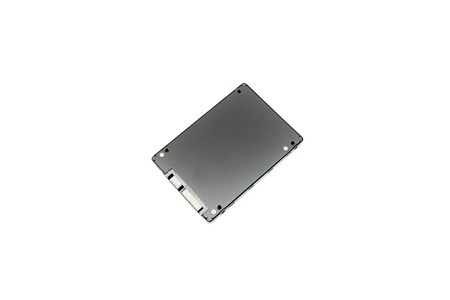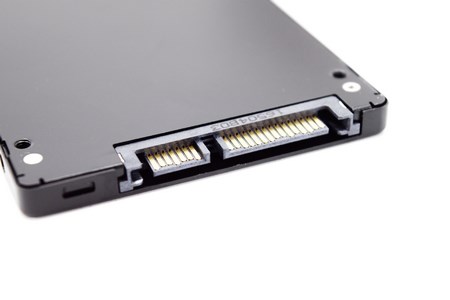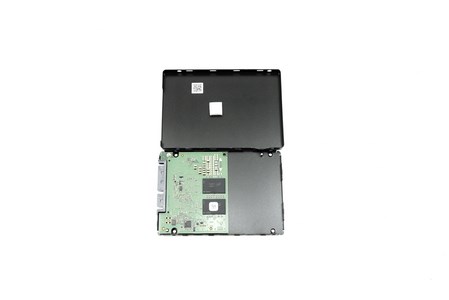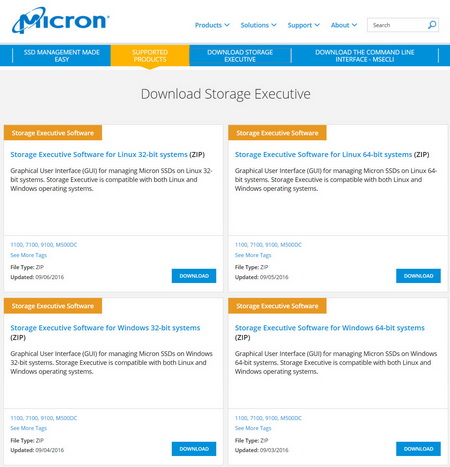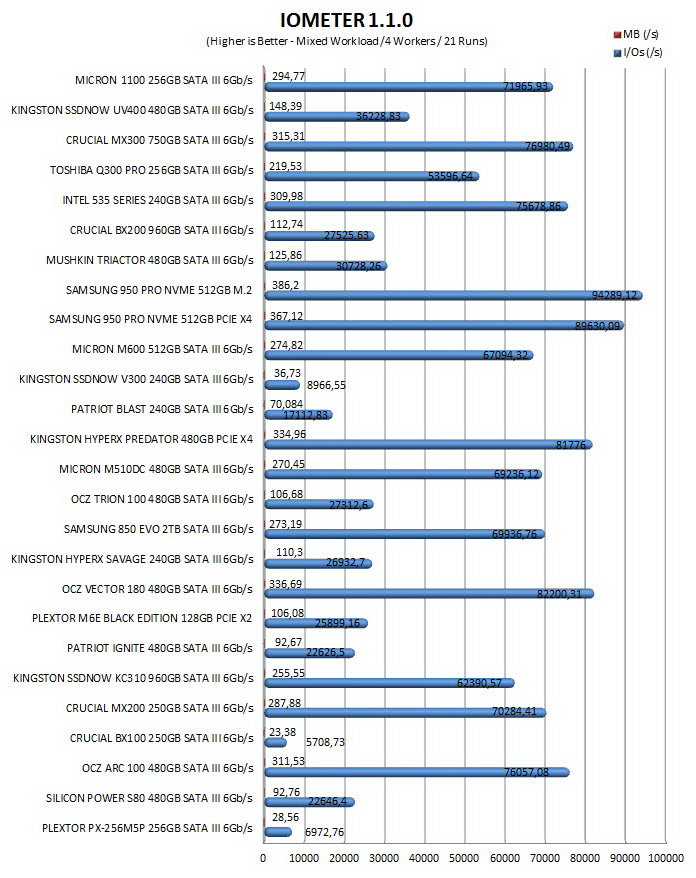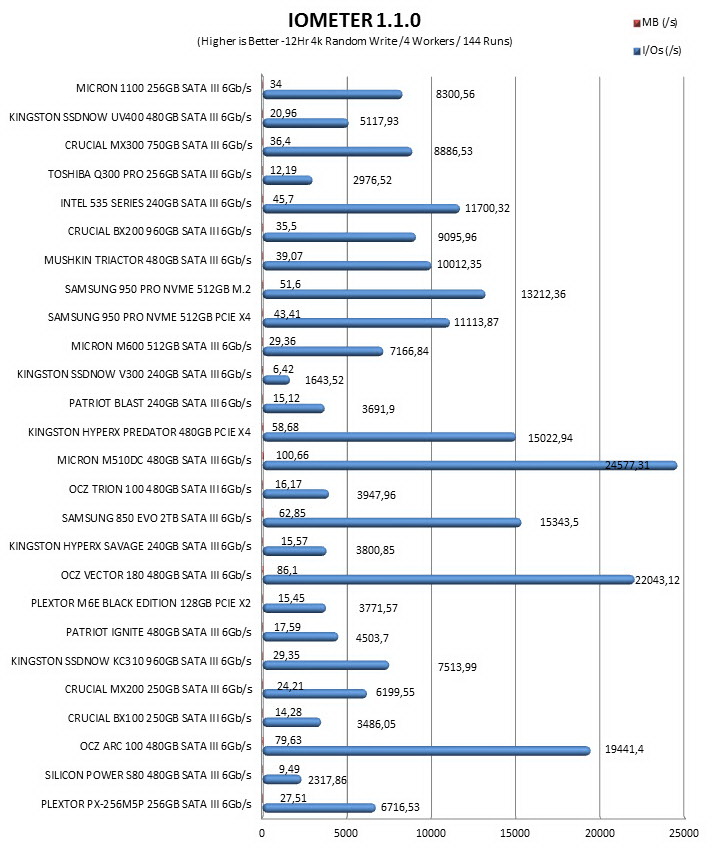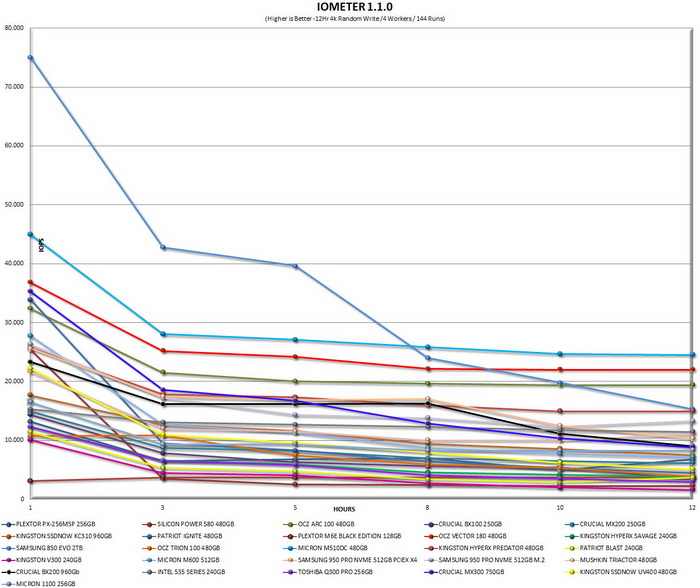INTRODUCTION
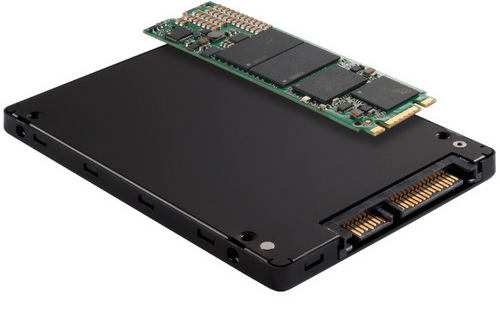 Solid state drives may not have reached a point when consumers can actually get models with several TB's in capacity without spending a whole months pay (if not more) but technology behind them has evolved quite a bit and although up until even just a year ago only Samsung products made use of the newly introduced 3D NAND flash memory (32 storage tiers available in both MLC and TLC) today there are many manufacturers with such models in their product lines. 3D NAND flash memory may not have much to offer in terms of performance and endurance numbers compared to the "older" planar NAND flash memory but because of its architecture it does allow for much higher capacities which can go all the way (and perhaps even exceed) up to 10TB for a 2.5" model. Micron released their 1100 series of client SATA SSDs a few months back and although not much is known about this particular line we just had to be among the very first in the world to check it out.
Solid state drives may not have reached a point when consumers can actually get models with several TB's in capacity without spending a whole months pay (if not more) but technology behind them has evolved quite a bit and although up until even just a year ago only Samsung products made use of the newly introduced 3D NAND flash memory (32 storage tiers available in both MLC and TLC) today there are many manufacturers with such models in their product lines. 3D NAND flash memory may not have much to offer in terms of performance and endurance numbers compared to the "older" planar NAND flash memory but because of its architecture it does allow for much higher capacities which can go all the way (and perhaps even exceed) up to 10TB for a 2.5" model. Micron released their 1100 series of client SATA SSDs a few months back and although not much is known about this particular line we just had to be among the very first in the world to check it out.
Micron Technology, Inc., is a global leader in advanced semiconductor systems. Micron's broad portfolio of high-performance memory technologies—including DRAM, NAND and NOR Flash—is the basis for solid state drives, modules, multichip packages and other system solutions. Backed by more than 35 years of technology leadership, Micron's memory solutions enable the world's most innovative computing, consumer, enterprise storage, networking, mobile, embedded and automotive applications. Micron's common stock is traded on the NASDAQ under the MU symbol. To learn more about Micron Technology, Inc., visit www.micron.com.
The brand new Micron 1100 is currently available in M.2 and 2.5" SATA form factors and with capacities all the way up to 2TB (up to 1TB for the M.2 model). This drive pairs the same 4-channel Marvell 88SS1074 controller we saw in the Crucial MX300 line with Micron's 384Gb 32-layer TLC NAND flash. Once again the Marvel controller packs several technologies and features including dynamic write acceleration (SLC caching), partial power loss protection, static and dynamic wear leveling, active garbage collection, LDPC error correction code (ECC), adaptive thermal protection, data-path protection, multistep data integrity algorithm and fully supports DevSleep (device power save), TRIM, SMART, AES 256-bit hardware encryption, TCG Opal 2.0 and IEEE-1667 (thus rendering it fully compatible with Microsoft's eDrive). In terms of endurance Micron rates the 1100 256GB 2.5" SATA model for up to 120TB TBW (roughly 65GB of writes per day for 5 years), gives it an MTTF of 1.5 million hours and as usual covers it with a 5 year limited warranty.
SPECIFICATIONS AND FEATURES

PACKAGING AND CONTENTS
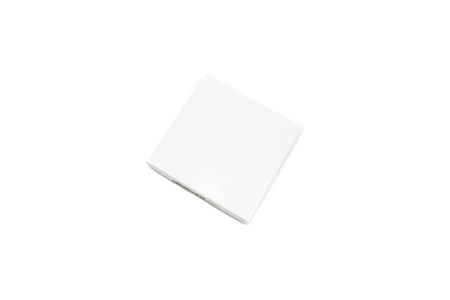 The 1100 256GB SATA III SSD arrived inside a white box with no markings or drawings on it.
The 1100 256GB SATA III SSD arrived inside a white box with no markings or drawings on it.
As always the drive is placed inside a formed piece of plastic which keeps it safe during shipping.
Along with the 1100 256GB SSD you will also get a 7mm to 9.5mm bracket (for use with notebooks).
THE 1100 256GB
You can check the model, serial and part numbers along with their barcodes, the installed firmware version, drive capacity and connectivity and several certification logos from a white sticker placed at the top of the drive.
Nothing at the rear of the drive (not that it matters really).
Typically at the rear of the drive we see the SATA data and power connectors.
Micron has once again used a pressed shut enclosure so opening it was quite easy.
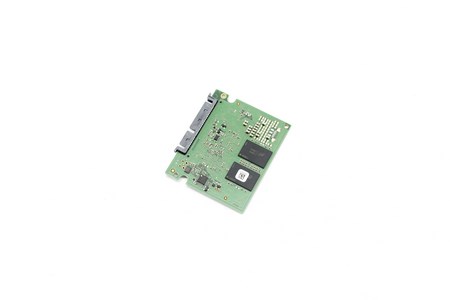
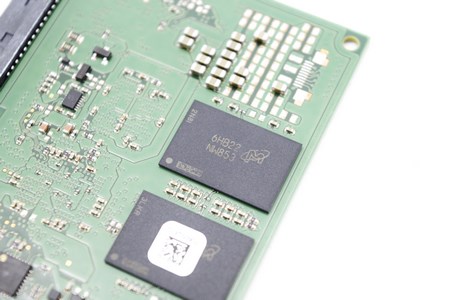
Half-length PCBs are nothing new and on the top side of this one we see two Micron NAND flash modules (each 128GB in size).
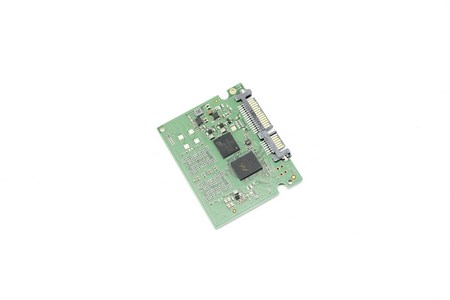
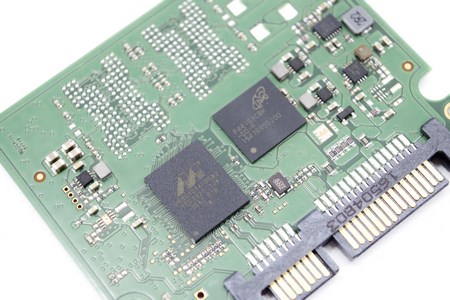
On the opposite side we see two more modules but this time these are the Marvell 88SS1074 NAND flash controller and 512MB LPDDR3 RAM.
You can always download Microns Storage Executive Software to check the status of the drive (unfortunately the latest version didn't work with our test rig so check this review for more info on it).
TEST BED
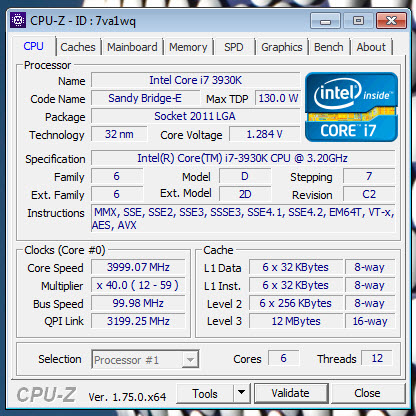

TESTING METHODOLOGY
After roughly 9 years of testing sold state drives i have concluded that it's almost impossible for any single benchmark suite to accurately measure their performance and that's why in certain benchmark suites we see amazing read/write performance numbers with some drives while in others things are quite different. The reason behind this is that some benchmarking suites are configured to read and write random chunks of data while others read and write constant (sequential) ones. So that's why i always use a very wide selection of benchmarking suites including AIDA64, HD Tach RW, HD Tune Pro, Crystal Disk Mark, Sisoftware Sandra Pro, AS SSD, IOmeter and ATTO. To get the most accurate results each test gets repeated a total of 6 times with the average performance numbers recorded into our charts. Also as of February 25th 2015 our results will also include the Storage Networking Industry Association’s (SNIA) IOMeter tests. These tests include a 12 Hour write test used to “simulate” performance degradation over time and a mixed workload test which basically shows what you can expect when using an SSD continuously for roughly two hours. Unfortunately due to the time required for these tests we repeat them a total of 3 times and not 6 as the above.
Many people have made inquiries about our charts in the past so once again please do keep in mind that the Charts have the average performance numbers of each drive recorded and not the peak (highest) ones. Also although every single one of these programs can help potential buyers choose the right drive for their needs you should also remember that from any kind of benchmark up to real world usage the gap is not small (and usually most differences will go unnoticed by most people). All tests were performed in a fresh Windows 7 Ultimate x64 installation with every update installed up to November 5th 2016.
TEST RESULTS - AIDA64 / ATTO


TEST RESULTS - HD TACH RW / HD TUNE PRO


TEST RESULTS - SISOFTWARE SANDRA PRO / CRYSTAL DISK MARK X64
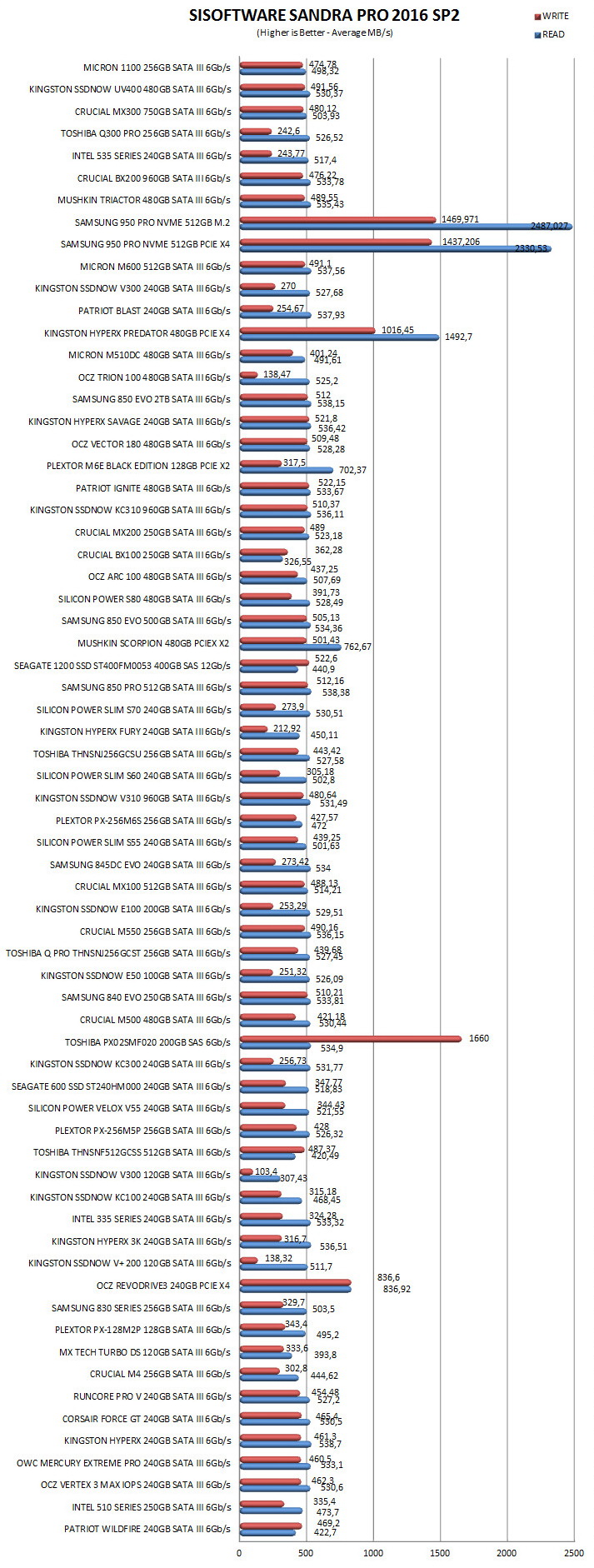

TEST RESULTS – AS SSD / IOMETER

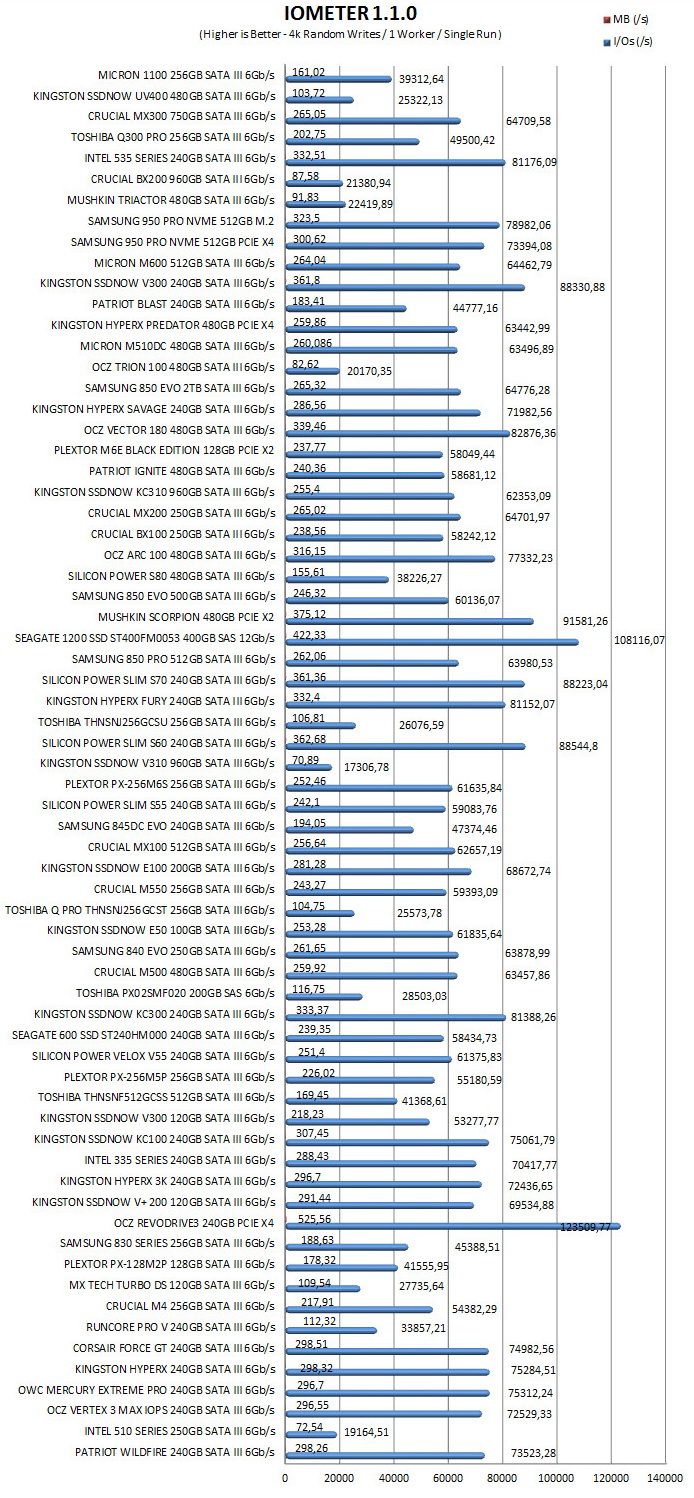
TEST RESULTS – IOMETER SNIA
CONCLUSION
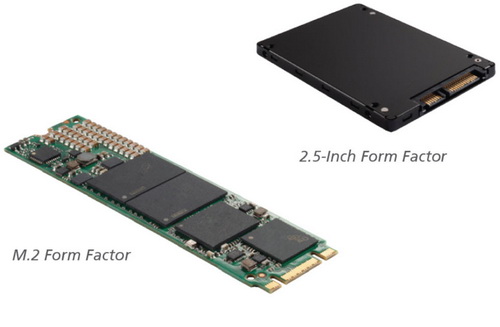
The Micron 1100 line of client SATA SSDs lands extremely close to the MX300 line of SSDs by Crucial not only because it makes use of the same Marvell 88SS1074 NAND flash controller but also because under the hood we find the same 3D NAND flash modules. Of course there are some differences with the 750GB model of the MX300 line (mainly the different capacity 3D NAND flash modules and the 1GB LPPDR3 RAM instead of the 512MB used in the 1100) but as you can clearly tell performance is roughly the same with both models sometimes in the lead. Overall although in terms of performance the 1100 could do a bit better you should keep in mind that since this is the 256GB model it may not perform just as good as its larger capacity brothers. As for features with a wide array such as partial power loss protection, static and dynamic wear leveling, active garbage collection, LDPC error correction code (ECC), adaptive thermal protection, data-path protection, multistep data integrity algorithm and full support for DevSleep (device power save), TRIM, SMART, AES 256-bit hardware encryption, TCG Opal 2.0 and IEEE-1667 (eDrive) the 1100 packs everything any modern SSD should have and then some.
Although the 1100 line of SSDs by Micron is not as consumer oriented as the MX300 one by Crucial still you can currently get the 256GB for roughly USD99 inside the USA and for exactly 120Euros inside the EU (Amazon.co.uk) a price which is set quite higher than the equivalent 275GB model of the MX300 series (by roughly 25%). Now as you all know we don’t have a direct comparison between both models but judging from the 725GB model I’d say they should perform somewhat similarly. Of course there's always the endurance issue so although Micron rates the 1100 256GB for up to 120TB TBW Crucial rates the MX300 275GB model for up to 80TB TBW so we do expect this will matter to some people more than the price difference of these two lines (leaving out the 2TB variants of both lines that feature a TBW of 400TB large differences apply to the other capacity models). At the end of the day because of its performance, features, durability and 5 year warranty the 1100 does secure our Golden Award although the MX300 line could be more suited for casual consumer use due to its lower price (unless you care about having the longest warranty and highest durability rating that is).

PROS
- Build Quality / Durability (120TB TBW)
- Very Good Overall Performance
- Features (Dynamic Write Acceleration / DevSleep / eDrive Support)
- Micron Storage Executive Software
- 5 Year Warranty
- Available Up To 2TB In Capacity
CONS
- Not As Fast As Other 3D NAND Based SSDs
- Price (For Some)
